Weight gain is a BIG problem for our pets.
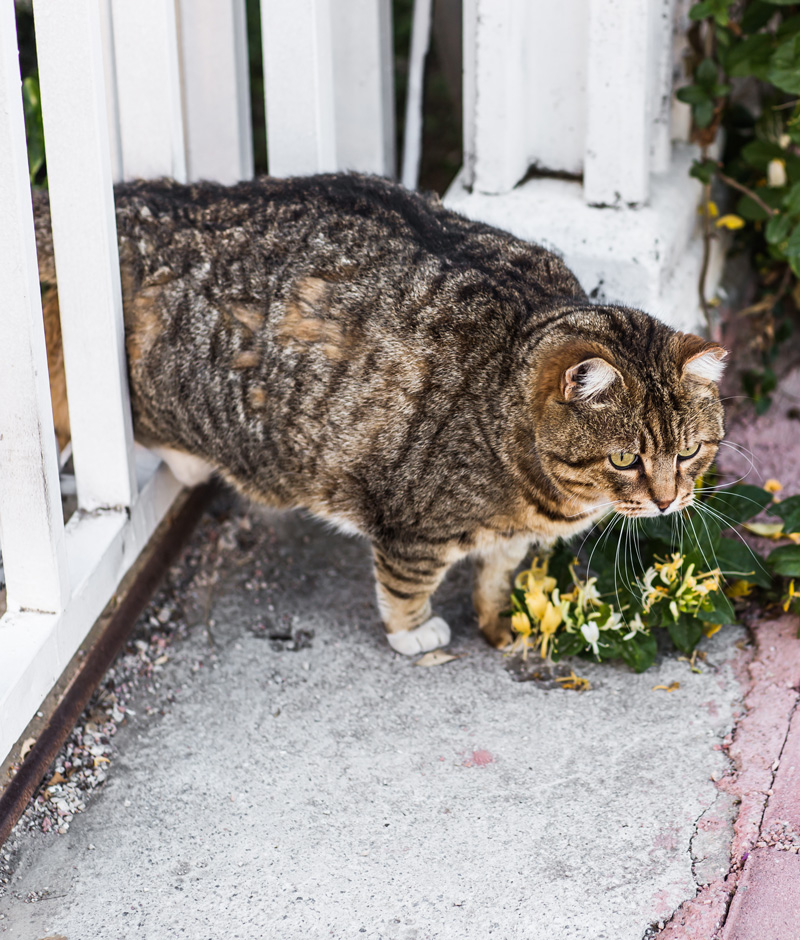
Is your pet overweight or obese?
If so, you are not alone! It is not just the human population who are suffering from unprecedented rates of obesity. Pets are too, with over 40% of dogs and over 30% of cats in Australia estimated to be clinically overweight or obese.1,2
Unfortunately, this is not just a cosmetic problem. Extra weight presents a significant danger to pet’s health. Overweight pets face increased risks of serious diseases like diabetes, hypertension, heart disease, painful osteoarthritis and urinary disease.
What’s more, people who over-feed their pets may actually be shortening their pet’s lifespan. Studies have shown that dogs who maintain an ideal weight can live two years longer than dogs whose diets and weights are not controlled.3
Many of us don’t realise that our pets have a weight problem, and even when we do, we may not be aware of how much it can affect their health and well-being.
In Australia 40% of Dogs and 30% of Cats are Obese!
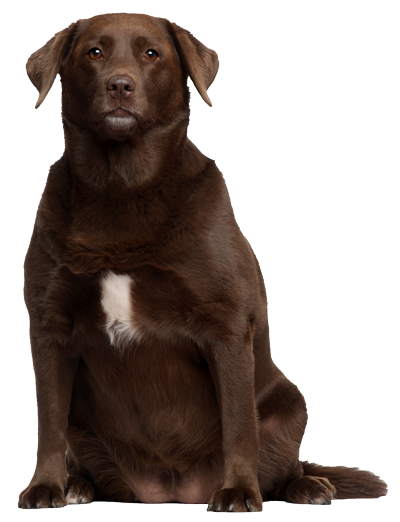
%
DOGS
%
CATS
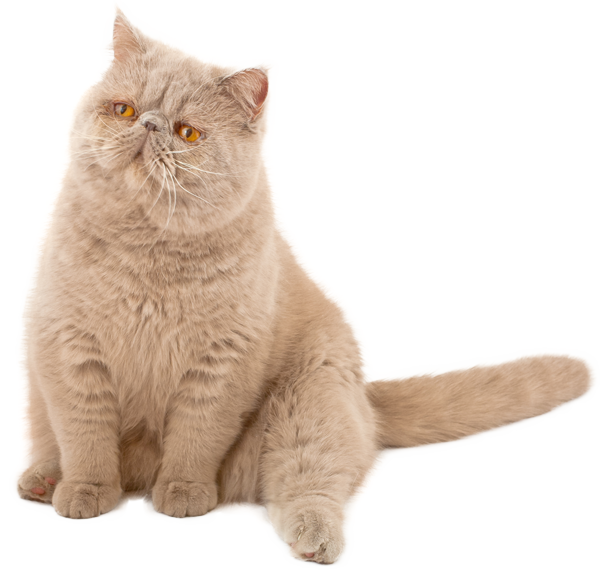
What are the signs of an overweight pet?
- Difficult to feel his / her ribs or spine
- Difficult to see a defined waist
- Abdomen is sagging
Being overweight or obese impacts day-to-day quality of life. Do you ever wonder how it feels for an overweight pet to carry all that extra weight around? If a 5kg cat gains just 1kg, it’s the equivalent of a 63kg woman carrying an extra 11kg around! That’s why achieving successful weight loss can be a life-transforming experience for both pets and their owners.
All pets have an ideal weight for their size and breed. Your Fur Life Vet will be able to tell you what this is, and show you how to check that your pet is maintaining a healthy weight.
Quick Tips for Staying on Track
- Work with your veterinary healthcare team to establish your pet’s target weight and set goals
- Feed only at designated feeding times throughout the day
- Stick to the recommended feeding amount for your pets ideal weight
- Schedule frequent veterinary visits for weigh-ins to monitor your pet’s progress
- Say no to unhealthy snacks
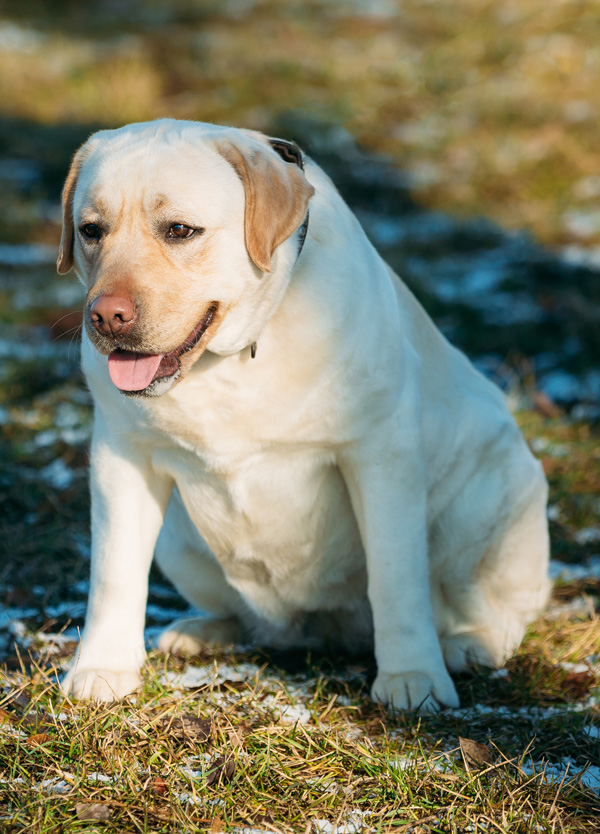
5 steps to a happy, healthier fit life for your pet …
1
Watch what your pet eats
Different pets have different needs when it comes to food. That’s why you should work with your Fur Life Vet Team to make the right food choices for your cat or dog. Together you can determine the right type and amount of food for your pet’s life-stage and specific health needs.
2
Track your Pet’s weight
Losing weight can help your pet achieve better health, but only if the weight is lost in a healthy, controlled manner. To make sure your pet is losing weight at a healthy pace, weigh your pet regularly.
3
4
Visit your Fur Life Vet often
Regular trips to your Fur Life Vet help ensure that your pet is at their ideal weight. Your Fur Life Vet team knows your pet’s ideal weight, how fast they should be losing weight and which foods are most appropriate for your pet’s needs.
5
Maintain an ideal weight for life
Keep an eye on the long term. Once your dog or cat has attained their ideal weight, ensure you continue with regular exercise and the appropriate food.
1. McGreevy PD, Thomson PC, Pride C et al. Prevalence of obesity in dogs examined by Australian veterinary practices and the risk factors involved. Vet Rec 2005; 156: 695-702.
2. McGreevy PD, Thomson PC, Pride C et al. Overweight or Obese Cats Presented to Australian Veterinary Practices: Risk Factors and Prevalence. Aust Vet Pract 2008; 38(3): 98-107
3. Kealy RD, Lawler DF, Ballam JM et al. Effects of diet restriction on life span and age-related changes in dogs. J Am Vet Med Assoc 2002; 220(9): 1315-20

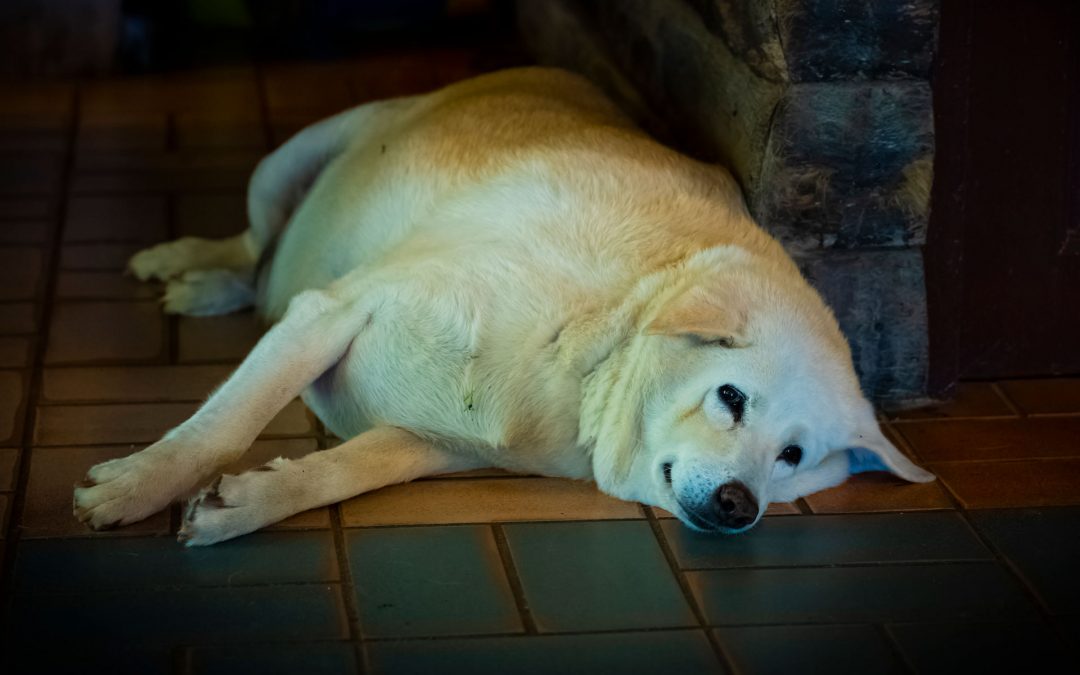
Recent Comments